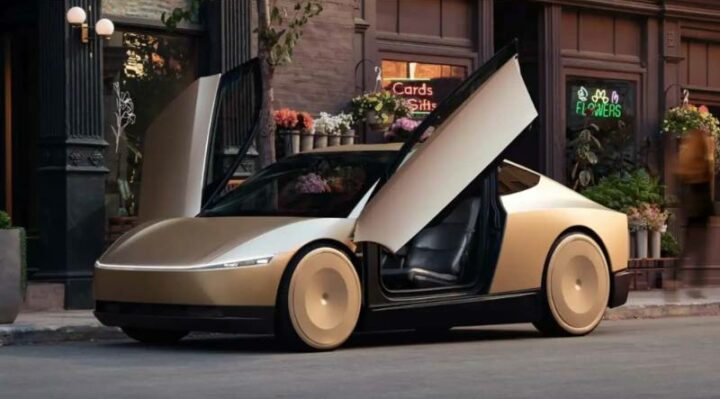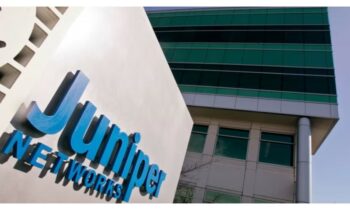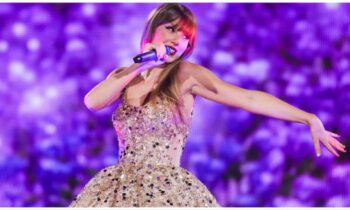
Tesla is preparing for a pivotal test of its autonomous technology with the tentative launch of robotaxis in Austin, Texas, on June 22, according to CEO Elon Musk. The rollout will initially feature 10–20 modified Model Y vehicles operating without human drivers, powered by a new version of Tesla’s Full Self-Driving (FSD) software.
This launch represents more than just another product debut—it’s a public test of the vision Musk has touted for over a decade: fully self-driving Tesla vehicles reshaping transportation and the company’s future.
Why Austin, and Why Now?
The choice of Austin, Tesla’s home base, is strategic. Texas has historically maintained a light regulatory touch when it comes to autonomous vehicles. However, public safety officials in Austin are expressing concern. The 2017 Texas law prohibits cities from regulating autonomous vehicle operations, creating a vacuum as AVs become more common on roads.
With past incidents involving AVs from companies like Waymo and Cruise, police officials like Lieutenant William White have warned that machine learning isn’t advancing fast enough to safely handle real-world traffic complexities like festivals or emergency detours.
A Glimpse Into Tesla’s Plan
While Musk has shared limited details, he recently confirmed that the robotaxis will be “unmodified Tesla cars” operating with enhanced software. The vehicles will initially operate in geofenced areas of Austin deemed “safest” and will be remotely monitored by Tesla staff—a feature backed by job postings for Tesla “teleoperators” capable of handling complex driving tasks remotely.
Still More Questions Than Answers
Crucial details remain unclear:
- Who will the passengers be?
- How will pricing work?
- What are the specific safety protocols?
- How will Tesla respond to incidents or crashes?
The National Highway Traffic Safety Administration (NHTSA) has already raised concerns, requesting detailed safety and deployment information. The agency is still investigating Tesla’s FSD software following a fatal crash in 2023.
Meanwhile, local and state officials remain largely in the dark or restricted by Tesla’s trade secret claims. Reuters reported that Tesla is resisting the release of communications with Austin city authorities.
The Bigger Picture
Musk has framed robotaxis as critical to Tesla’s future, telling investors that those who don’t believe in the company’s AV success should sell their stock. With Tesla’s EV sales slowing and pressure mounting from competitors, the robotaxi project has become a high-stakes gamble.
Safety experts like Phil Koopman of Carnegie Mellon University caution against the lack of transparency. “Having 10 cars on the road and not having a crash,” he said, “is table stakes for this game.”
As June 22 approaches, Tesla is not just testing cars—it’s testing public trust, regulatory patience, and the company’s long-term trajectory in autonomous mobility.



